With a rediscovered Lewis chessman coming up for auction, Apollo takes a look at other great sets of the noble game
The Lewis chessmen
Found on the Isle of Lewis in 1831, this group of 78 chess pieces – along with 14 tablemen for backgammon and a belt buckle – probably originated in Trondheim, whose Norse leaders took control of the Outer Hebrides in the 9th century. Carved from walrus ivory and whales’ teeth, the pieces include kings, queens, bishops, knights, warders – the medieval equivalent of the rook – and geometric forms that would have been used as pawns. Most of them are now housed in the British Museum and the National Museums Scotland; the piece coming to auction at Sotheby’s on 2 July has been in the collection of an antiques dealer in Edinburgh, who bought it for £5 in 1964, unaware of its identity as part of the Lewis set.
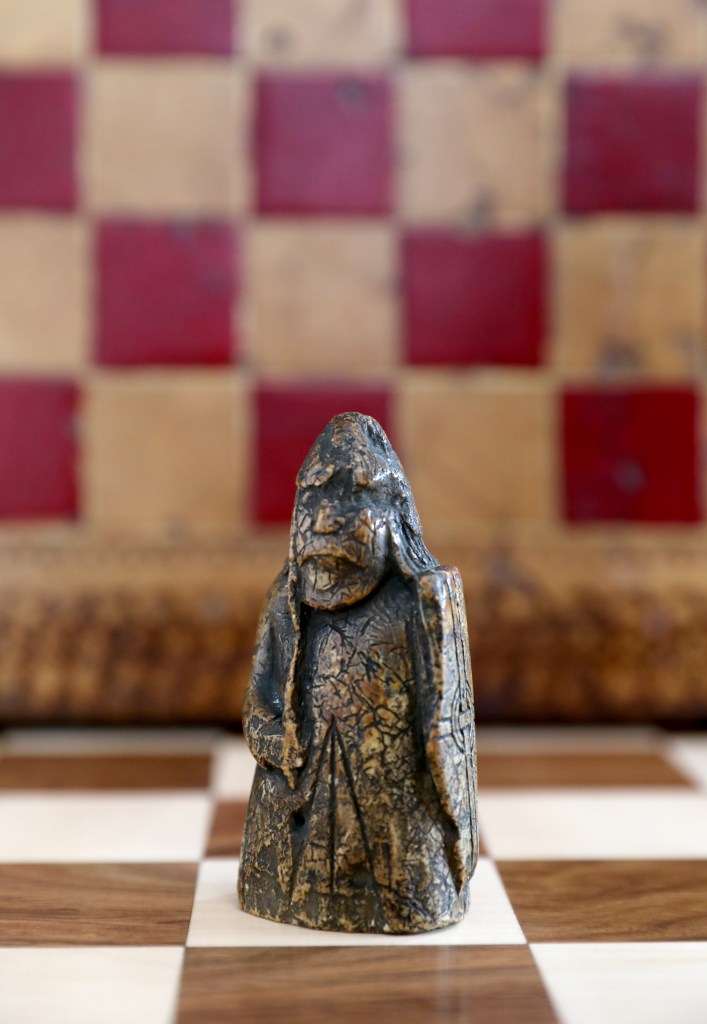
A Lewis chessman (a warder), walrus ivory, Sotheby’s London (estimate £600,000–£1m). Photo by Tristan Fewings/Getty Images for Sotheby’s
The Àger chess pieces
The game of chess is believed to have originated in India, before spreading via Iran into Arab countries and from there to Europe. The nexus of the Islamic world is the focus of Deborah Freeman Fahid’s fascinating catalogue of chess and other games pieces from the private al-Sabah collection in Kuwait, published by Thames & Hudson last year. At the heart of the collection is a group of rock-crystal pieces, believed to have been made in Egypt, Iraq or eastern Iran sometime around the 9th century, and deposited in the late 11th century in a monastery in Àger in Catalonia. The 15 spectacular figures, some carved with arabesque decorations, illustrate the abstract style that was prevalent throughout the medieval period.
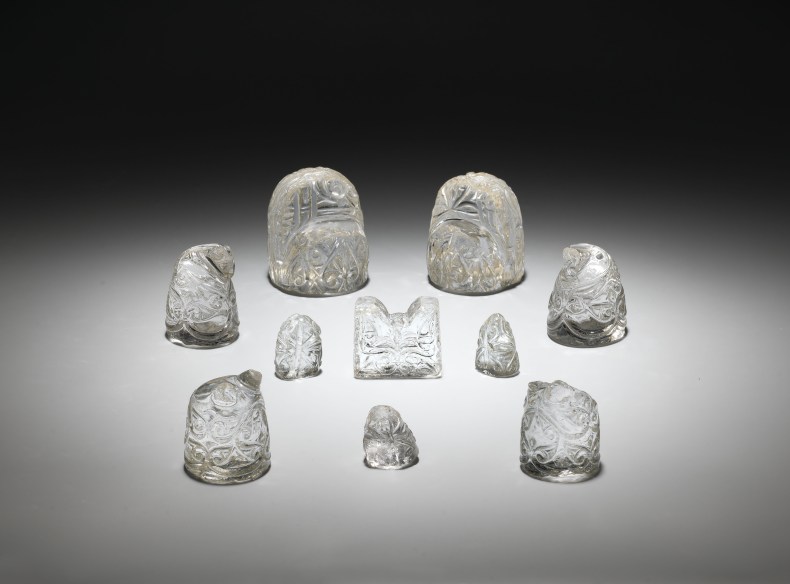
Rock-crystal chess pieces with bevelled arabesque decoration, 9th–early 10th century, Egypt, Iraq or east Iranian region. The al-Sabah Collection, Kuwait. Photo: © Thames & Hudson Ltd and Roberto Lorenzo with Muhammad Ali
Man Ray
The Dadaists and Surrealists were famously obsessed with chess – none perhaps more than Marcel Duchamp and Man Ray, who played together many times. Imagery related to the game recurs across the latter’s work, from photographs depicting chessboards (see the La Mode au Congo portfolio of 1937) to actual designs for sets. He produced the best-known of these in 1920; each of the pieces is reduced to a simple, semi-abstract form inspired by materials found in his studio – the knight becomes a violin scroll; the bishop a flask; the king an Egyptian pyramid.
Max Ernst
In 1944, Duchamp, Marx Ernst and Julien Levy co-organised ‘The Imagery of Chess’ at Levy’s gallery in New York in 1944 – 32 artists were invited to participate, to match the number of pieces in a complete set of chess. Ernst produced three wooden sets for the exhibition. In his design, the well-known shapes of the pieces are transformed into Brancusi-like semi-abstractions; at five inches high, the zigzagging form of the queen is, in an unusual twist, half an inch taller than the spade-like king.
Propaganda sets
Designed in 1922, five years after the creation of Soviet Russia, this openly propagandist porcelain set is alternately known as ‘The Reds and the Whites’ and ‘The Communists and the Capitalists’. The white king is reimagined as an armed and crowned personification of death; his red equivalent a humble blacksmith. The figures were modelled by Natalya Danko, a sculptor who worked at the State Porcelain manufactory near Leningrad, where the sets were produced. Elena Danko, Natalya’s sister, decorated them.
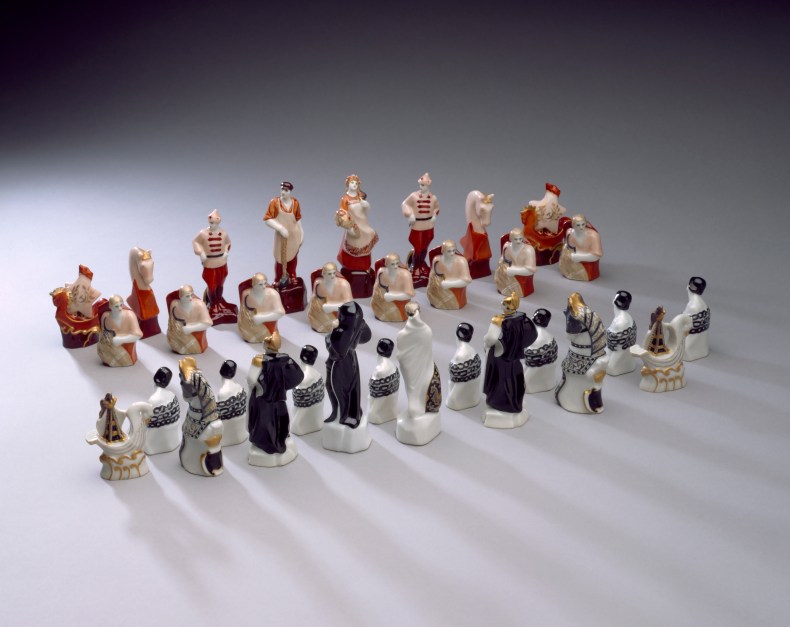
‘The Reds and the Whites’ chess set, designed in 1922 and produced by the State Porcelain Manufactory, Russia. Cooper Hewitt, Smithsonian Design Museum
RS&A chess sets
Some of the biggest names in contemporary art have tried their hands at chess-set design. In the early 2000s the company RS&A commissioned five artists including Damien Hirst and Yayoi Kusama for a project inspired by Duchamp’s show of 1944, with the results exhibited at Somerset House. Since then a number of other artists have contributed, and the results shown around the world; this autumn, an exhibition recreating the original show will open at Christie’s in London, accompanied by an auction of selected sets on 18 September. A highlight is Barbara Kruger’s Untitled (Do You Feel Comfortable Losing?) (2006), in which her signature black-and-red colour scheme is used to distinguish the opposing pieces – which also double up as miniature speakers, broadcasting questions and statements each time they are moved.
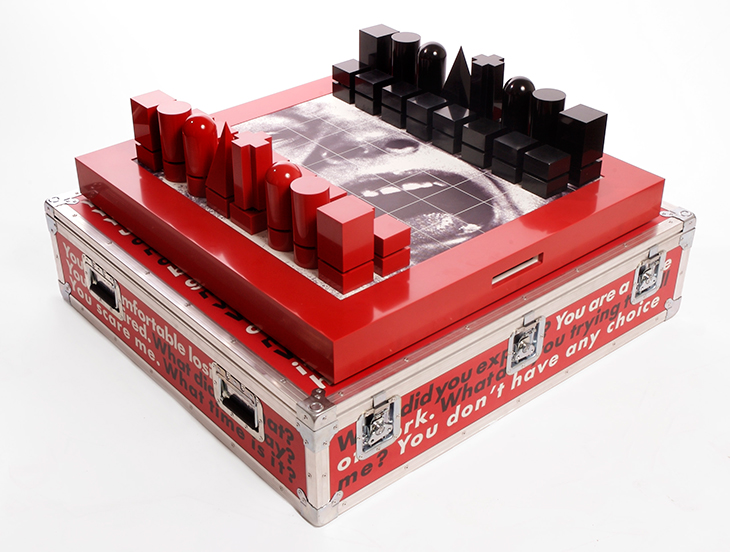
Untitled (Do you feel comfortable losing?) (2006), Barbara Kruger. Photo: © Barbara Kruger/RS&A Ltd; courtesy RS&A Ltd
The Chess Game (1555) by Sofonisba Anguissola
Not strictly a chess set, but a well-known depiction of the game being played, this painting by Sofonisba Anguissola illuminates the role of chess in Renaissance Europe. The three girls around the wooden board are believed to be the artist’s sisters, with their governess peering over the game in the top right corner. This set-up is a conspicuous departure from tradition: most paintings of the time portrayed either two male players, in which the game served as an aristocratic battle of wits, or lesson in war strategy; or a heterosexual pair – the game as a metaphor for sex or courtship.
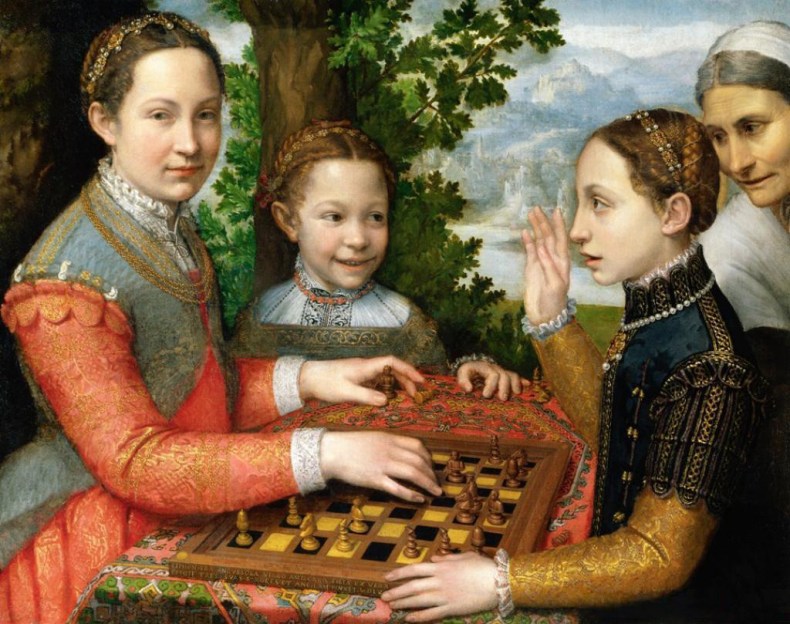
The Chess Game (1555), Sofonisba Anguissola. National Museum Poznan. Photo: Wikimedia Commons (public domain)
Unlimited access from just $16 every 3 months
Subscribe to get unlimited and exclusive access to the top art stories, interviews and exhibition reviews.

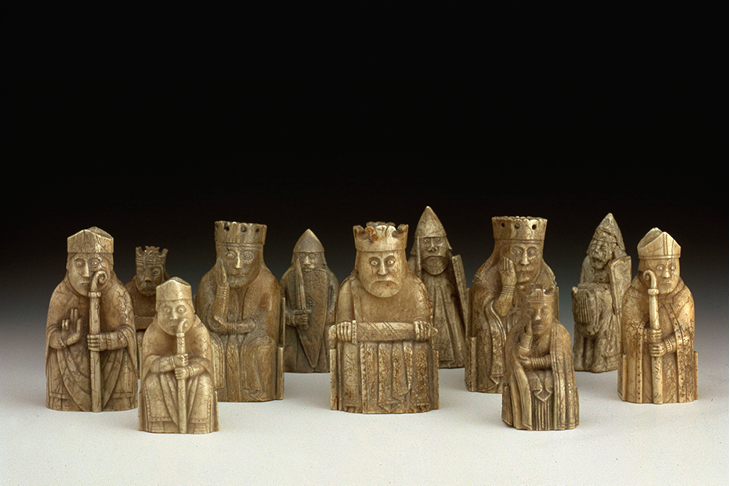
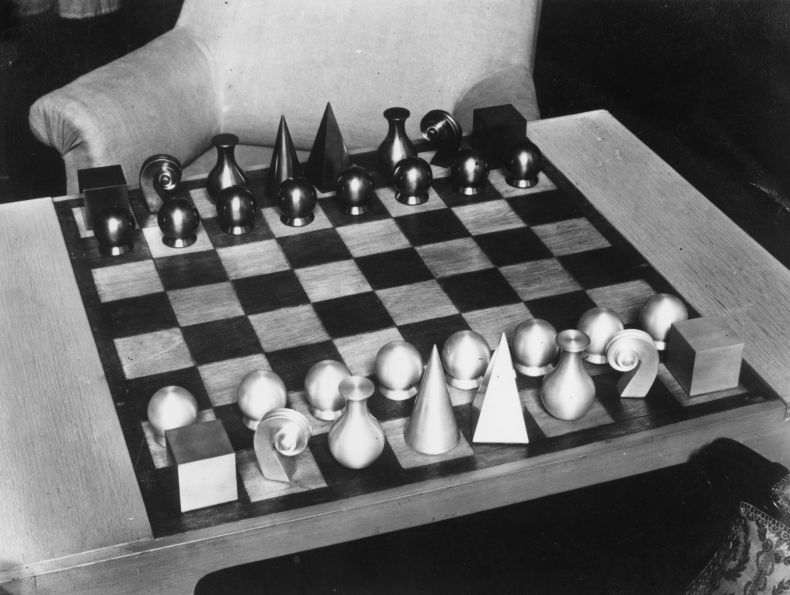
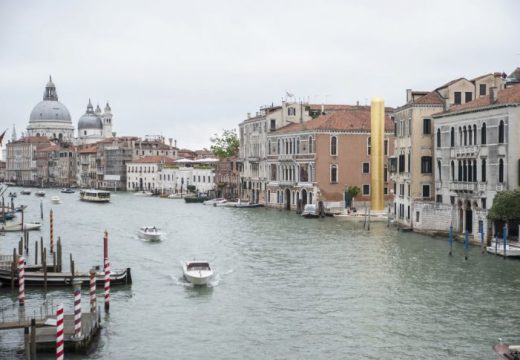
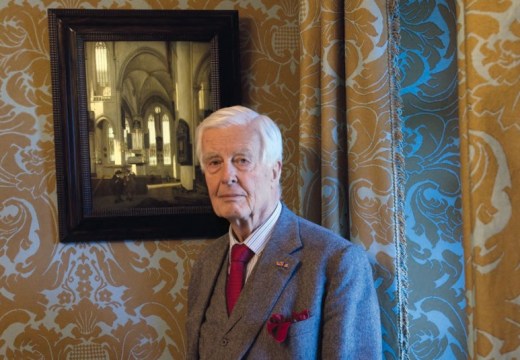
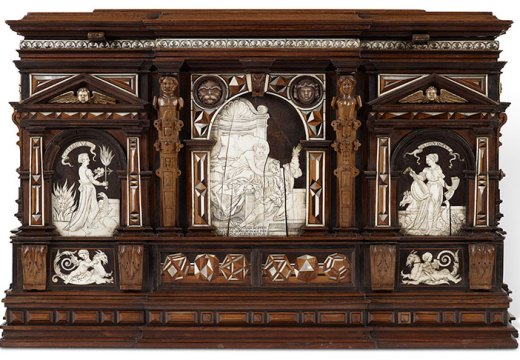









![Masterpiece [Re]discovery 2022. Photo: Ben Fisher Photography, courtesy of Masterpiece London](http://www.apollo-magazine.com/wp-content/uploads/2022/07/MPL2022_4263.jpg)
The threat to Sudan’s cultural heritage